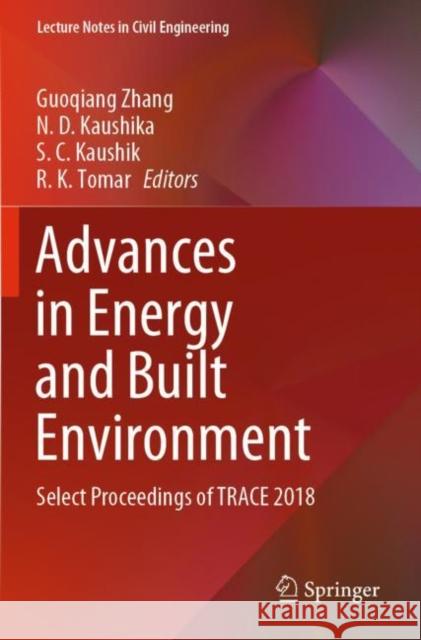Advances in Energy and Built Environment: Select Proceedings of Trace 2018 » książka
topmenu
Advances in Energy and Built Environment: Select Proceedings of Trace 2018
ISBN-13: 9789811375590 / Angielski / Miękka / 2020 / 282 str.
Advances in Energy and Built Environment: Select Proceedings of Trace 2018
ISBN-13: 9789811375590 / Angielski / Miękka / 2020 / 282 str.
cena 401,58
(netto: 382,46 VAT: 5%)
Najniższa cena z 30 dni: 385,52
(netto: 382,46 VAT: 5%)
Najniższa cena z 30 dni: 385,52
Termin realizacji zamówienia:
ok. 22 dni roboczych.
ok. 22 dni roboczych.
Darmowa dostawa!
Kategorie:
Kategorie BISAC:
Wydawca:
Springer
Seria wydawnicza:
Język:
Angielski
ISBN-13:
9789811375590
Rok wydania:
2020
Wydanie:
2020
Numer serii:
000798671
Ilość stron:
282
Oprawa:
Miękka
Wolumenów:
01











